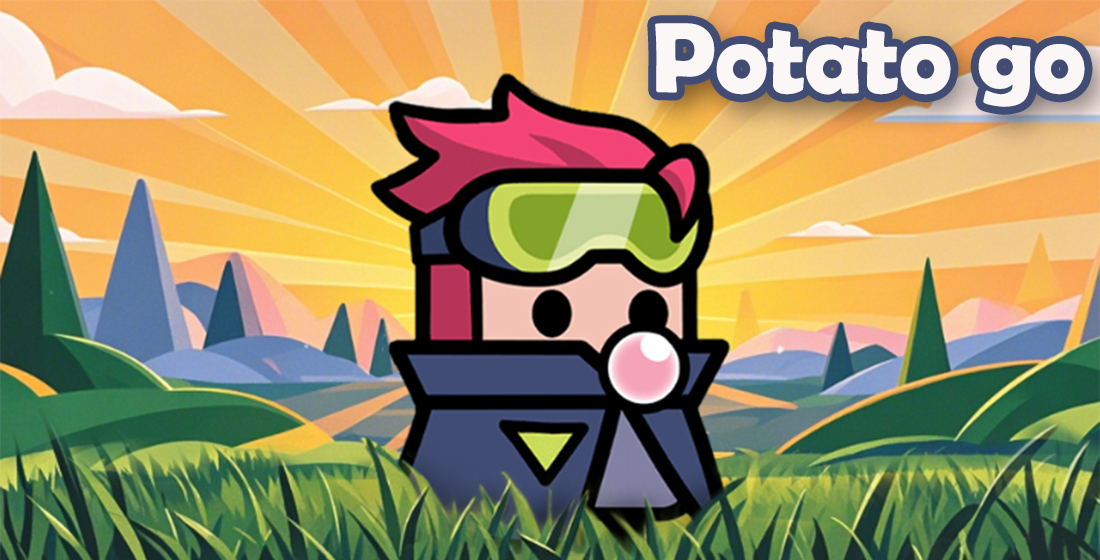The Surprising Power of Idle Games: How Casual Games Boost Engagement and Monetization
If you've never played an idle game before, don't worry—you're not missing anything fancy. These so-called clicker games, where literally watching grass grow might be part of the experience, have grown from niche pastimes into major revenue engines in mobile gaming. And yet, many devs still underestimate just how darn powerful idle mechanics are in driving real engagement.
| Type of Game | User Retention (avg. DAU %) | Revenue per Install | % Ad Impressions |
|---|---|---|---|
| Hearthstone | 12-18% | $34 | Low-mid |
| Township | 30-40% | $18 | Moderate-high |
| Tapper Heroes (Idle) | 45-60% | $23 | High |
The “Doing Nothing" Design That Actually Keeps You Hooked
This seems like madness at a glance—how can people actually enjoy games where you barely press a single button? Yet that's **precisely** the appeal.
- Idle = No pressure
- Reinforcement through automation
- Boredom-filling + addictive loops
- Progress with little investment
You see it on buses, waiting in coffee lines—it’s the perfect distraction snack for the modern human attention span (or the post-pandemic mental fog?). They blend background play, ASMR visuals and gentle soundscapes perfectly, which helps them double-dip as meditation aids while being oddly satisfying when your digital currency ticks upward.
Gaming tip: Ever noticed that most idle hits include subtle ASMR elements like soft sounds from generators or soothing tap feedbacks? Not coincidentally, these features overlap with one fast-growing subculture: gamers addicted to relaxing sound clips known online by tags like #GamesASMR or just plain 'tapping sim' playlists. The brain links the sensory feedback with positive rewards without ever getting drained from effort-heavy challenges.
They’re less like “games," more like digital zen rock gardens where players earn cash passively while scrolling TikTok. It works.
Casual is Code For "No Excuses"
A lot of folks hear “casual" and think Candy Crush or Bejeweled clones—and sure, those count. But in mobile app terms, “casual games" often refer to ones without complex controls or steep learning curves.
So when developers slap “idle" in front of casual gameplay frameworks...poof!We now have bite-sized games designed around non-action, where progress comes whether you actively click every second... or forgot about the game five minutes ago while watching cat videos.
- No logins required → easier access.
- Autosaves everywhere → zero loss fear.
- Minimal UI → focus stays on the fun parts (the math & numbers!).
Monetization Magic Behind “Invisible Grinding"
Say goodbye to aggressive paywalls and say hello to smart, slow-fed progression.
Did you know? One key reason idle games work for monetizing users isn’t because you spend money during intense moments—but during low-engagement moments! Players feel compelled to skip tedious waiting periods by unlocking auto-buyers or speeding up resource production—sometimes after seeing something they missed while browsing other tabs or chatting on Discord for ten minutes...
| Common Monetization Types in Idler Titles | |
|---|---|
| Reward Videos Ads | +6.5% conversion |
| In-App Purchases | Best for premium boosts/pets |
| Time-Skip Bonanzas | e.g. paying $3 to collect 8-hours of resources |
I call it psychological tricking with a heart—or what happens when FOMO meets dopamine-driven upgrades. Either way, companies aren't complaining about higher than expected CPM from their player bases!
From Tap Heroes to Space Empires—Idle Worlds Are Bigger Than They Seem
If you’re wondering if these idle worlds get weird… oh, they do.
Fantasy? Sure. Sci-fi space colonization? Why not. Military realism titles like the long-tail term suggests (like black hawk down delta force simulator idle editions)? Yes—that’s definitely becoming thing. There's always room in design structures where passive earning combines with narrative immersion. The secret? Never making players feel obligated, but giving them reasons to care when the push notification says: "Resource cache ready for collection!"
Why Czech Devs Might Have An Edge With These Formats
- Local audience plays mid-core & strategy, but prefers no-friction interfaces – ideal idle base.
- Eastern Europeans tend toward deep systems with light control layers. Fits.
- Digital nomadic lifestyle rising here = portable tap-to-collect mechanics win time again.
Final Notes
Note To Indies: Don’t discount idle loops as boring placeholders. Their charm lies in how they transform minimalism into engagement machines—with real commercial potential even outside standard app stores. Polish matters. UX trumps raw novelty.
And here are three big things I learned from watching this market over the years:
- Nobody expects depth here—but build enough, and retention skyrockets.
- Persistent systems that auto-produce rewards beat momentary gameplay thrill 9/10 times if scaled across hundreds of hours.
- Never sleep on hybrid models; merge idle loops with puzzles, simulations or story progression—and boom—a new hybrid genre gets traction faster in markets where audiences demand something fresh without friction!
In the evolving landscape of mobile gaming today, one truth becomes clear over time—if you wait long enough and watch your systems grind silently behind other life distractions—
Idle isn't laziness, its a mindset reengineered by game studios that want you glued, gently nudged, softly tapped.
And for anyone trying to launch a studio in Prague, Brno or Liberec next summer, remember: sometimes the path to viral isn’t built on speed runs or skill checks—but tapping, auto-upgrades, sweet sounds and maybe accidentally leaving your device alone to go grab that beer everyone keeps promising makes the difference. 😄




